Our Products
IT'S TIME TO START YOUR BUSINESS
We are having variety of products. AMUTHASURABHI EXPORT always believe to provide good quality of Spices products to his customers
Here you can see large scale of product.
1. Kodo millet
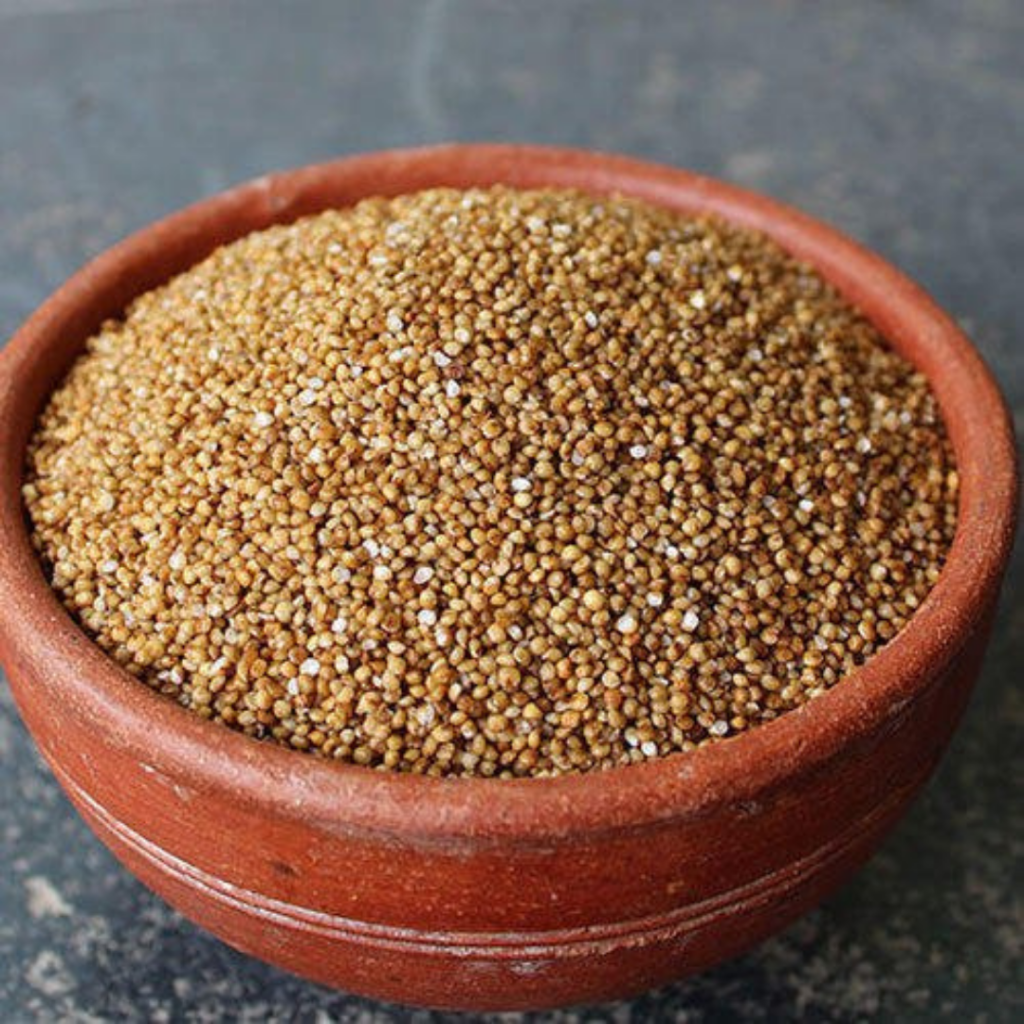
Kodo millet, scientifically known as Paspalum scrobiculatum, is a highly nutritious and drought-resistant grain widely grown in India. Traditionally consumed in rural regions, it is gaining popularity as a superfood due to its impressive health benefits. Kodo millet is rich in dietary fiber, protein, antioxidants, and essential minerals like iron, magnesium, and phosphorus. It is gluten-free, making it an excellent choice for people with gluten intolerance or celiac disease. The low glycemic index of Kodo millet helps manage blood sugar levels, making it beneficial for diabetics. It also supports digestion, weight management, and heart health. Kodo millet can be used in a variety of dishes, including porridge, upma, khichdi, dosa, and even baked goods. It is a sustainable crop, requiring less water and chemicals, making it eco-friendly.
2. Foxtail millet
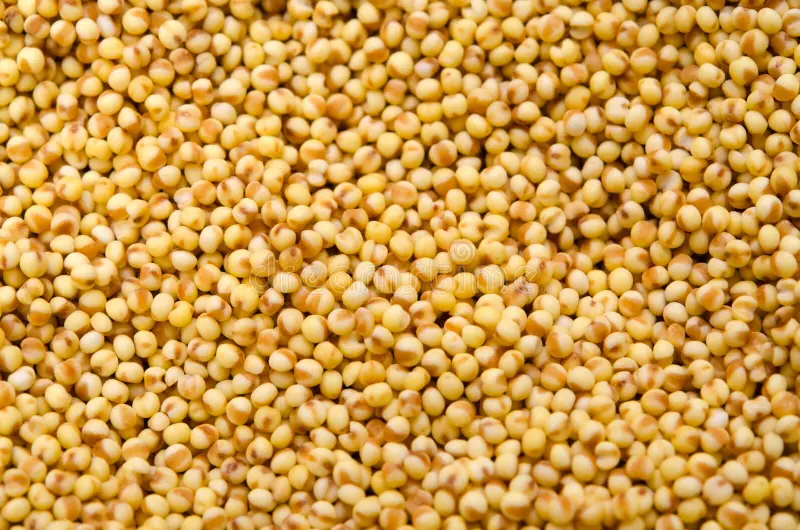
Foxtail millet, known scientifically as Setaria italica, is one of the oldest cultivated millets and a powerhouse of nutrition. It is a small, golden grain that has been a staple in Asian diets for centuries, especially in India and China. Rich in dietary fiber, protein, iron, and magnesium, foxtail millet supports heart health, aids digestion, and helps regulate blood sugar levels. It is gluten-free, making it ideal for people with celiac disease or gluten sensitivity. With a low glycemic index, it is particularly beneficial for diabetics and those aiming for weight management. Foxtail millet is also known to boost immunity and promote brain function. It can be cooked like rice or used in dishes such as upma, pongal, khichdi, and even millet-based salads. As a drought-resistant crop, it is also a sustainable choice for farmers and a key grain in promoting healthy, eco-friendly diets
3. Barnyard millet
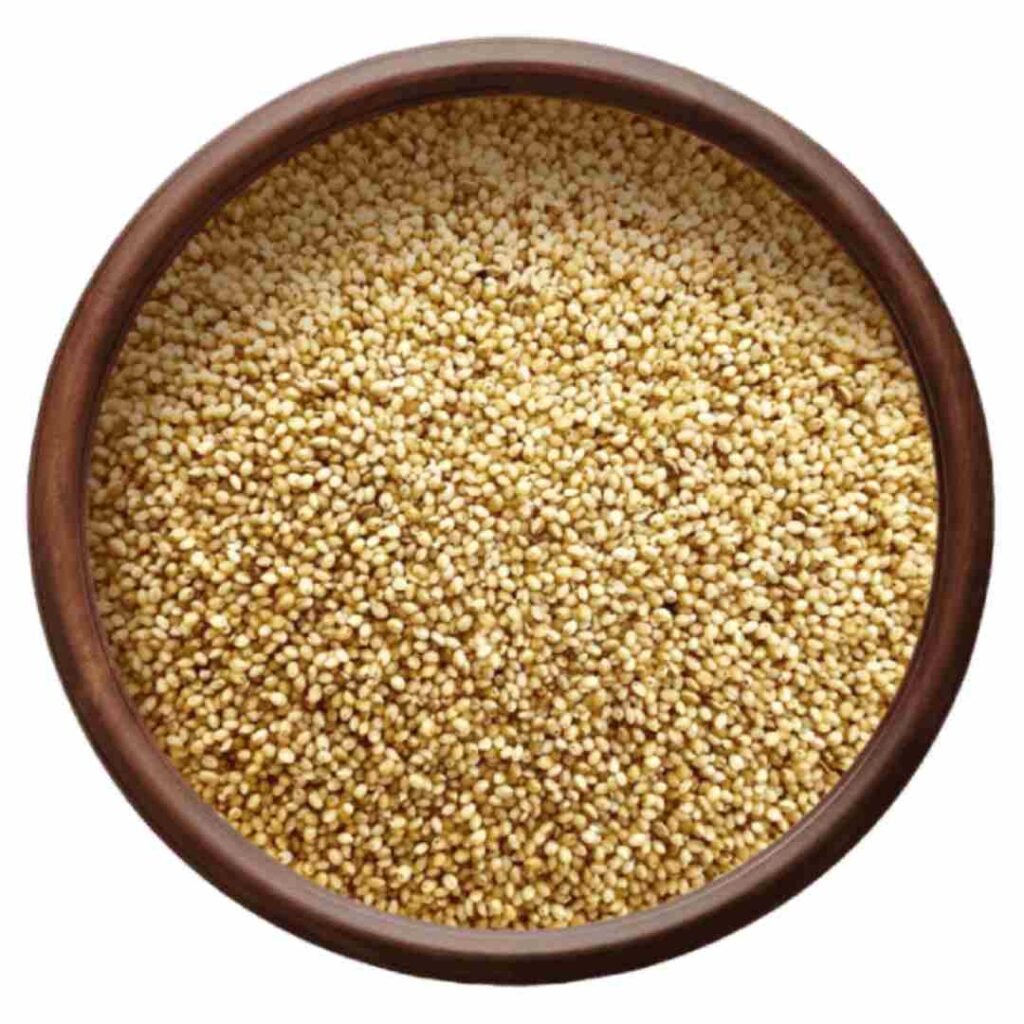
Barnyard millet, scientifically known as Echinochloa frumentacea, is a highly nutritious and fast-growing grain cultivated mainly in India and East Asia. It is a gluten-free, low-calorie millet rich in dietary fiber, protein, calcium, and iron, making it a wholesome addition to a balanced diet. Barnyard millet is especially beneficial for people with diabetes due to its low glycemic index, which helps regulate blood sugar levels. It also supports heart health, aids digestion, and promotes weight management. This millet is often used as a substitute for rice and is ideal during fasting periods in Indian culture. It cooks quickly and can be used in a variety of dishes such as upma, pongal, porridge, or even as a base for salads. As a hardy, drought-resistant crop, barnyard millet contributes to sustainable agriculture and is becoming increasingly popular in health-conscious and gluten-free diets around the world
4. Pearl millet
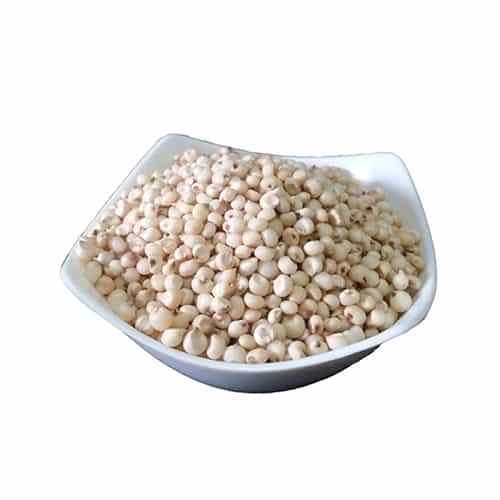
Pearl millet, also known as Bajra in India and scientifically called Pennisetum glaucum, is one of the oldest and most widely grown types of millet. It is a highly nutritious, gluten-free grain rich in protein, fiber, iron, magnesium, and essential amino acids. Known for its heat-tolerant and drought-resistant qualities, pearl millet is a staple in arid and semi-arid regions. It offers numerous health benefits, including improved digestion, better heart health, controlled blood sugar levels, and enhanced energy. Pearl millet is especially good for people with diabetes and those following gluten-free diets. In Indian cuisine, it is commonly used to make rotis, khichdi, porridge, and even snacks. Its high fiber content supports weight management and promotes a healthy gut. As awareness of traditional and sustainable grains grows, pearl millet is becoming popular globally as a healthy alternative to refined grains and processed foods.
5. Finger millet

Finger millet, commonly known as Ragi and scientifically called Eleusine coracana, is a highly nutritious and versatile grain widely grown in India and Africa. Rich in calcium, iron, dietary fiber, and essential amino acids, it is especially beneficial for bone health, making it ideal for children and the elderly. Finger millet is gluten-free, making it suitable for people with celiac disease or gluten intolerance. It also has a low glycemic index, which helps regulate blood sugar levels and supports diabetes management. The high fiber content aids digestion and promotes weight loss by keeping one full for longer. In Indian cuisine, ragi is used to make porridge, roti, dosa, malt, and even baked goods like cookies and cakes. Its resilience to drought and minimal need for fertilizers also make it an environmentally sustainable crop, contributing to both health and food security.
6. Little millet
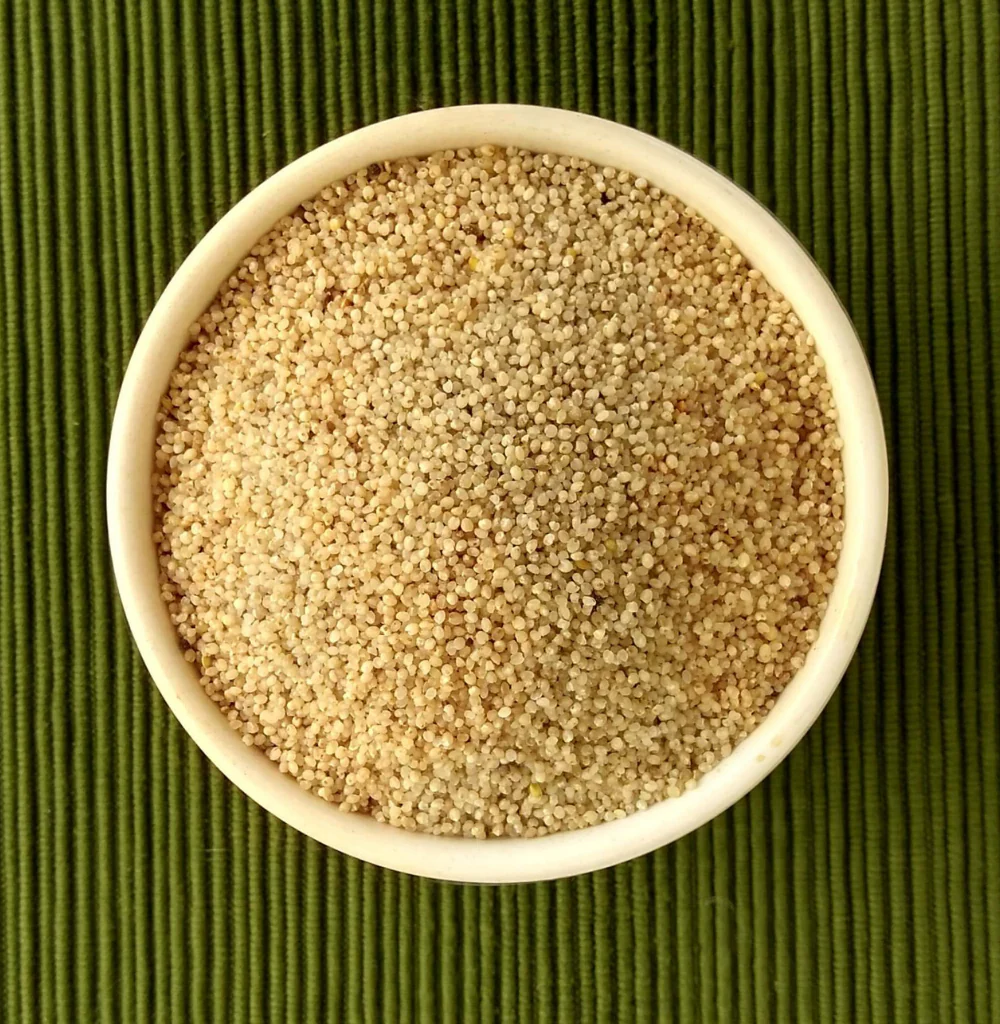
Little millet, scientifically known as Panicum sumatrense, is a highly nutritious and climate-resilient grain cultivated mainly in India. Despite its small size, it is packed with health benefits, making it a valuable addition to a balanced diet. Little millet is rich in dietary fiber, iron, magnesium, B vitamins, and antioxidants. It is gluten-free and has a low glycemic index, making it ideal for diabetics and those with gluten intolerance. Its high fiber content supports digestion, promotes heart health, and aids in weight management. Little millet cooks quickly and can easily replace rice or wheat in daily meals. It is used in dishes like upma, pulao, dosa, and porridge. As a drought-tolerant crop requiring minimal inputs, little millet also supports sustainable agriculture. With growing awareness of traditional and healthy grains, little millet is gaining popularity among health-conscious consumers globally.
7. Black Rice
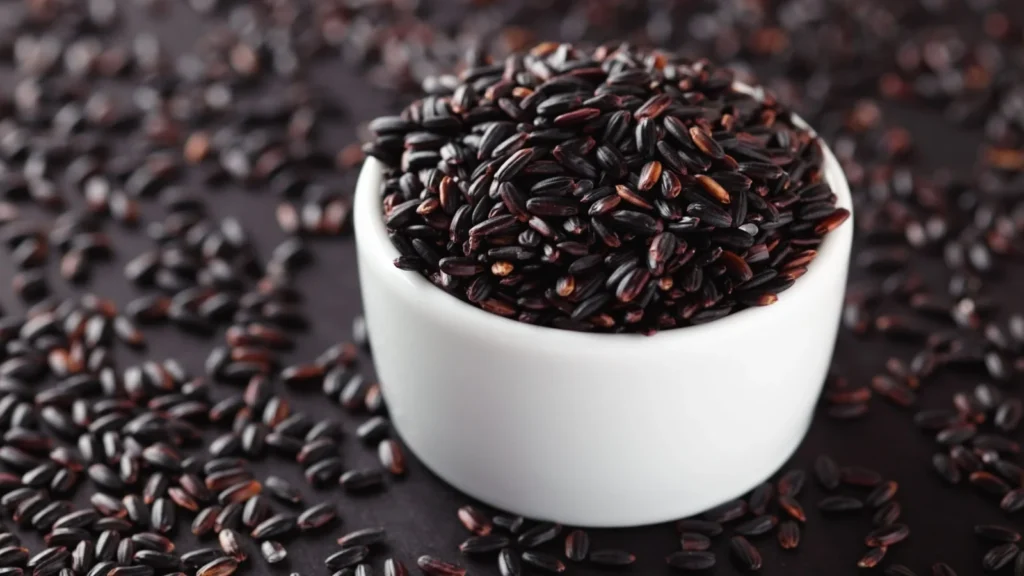
Black rice, also known as forbidden rice or purple rice, is a highly nutritious and visually striking grain known for its deep black or dark purple color, which turns purplish when cooked. Native to Asia and now grown in parts of India, black rice is rich in antioxidants, especially anthocyanins—the same compound found in blueberries—that help fight inflammation and support heart health. It is also high in fiber, iron, vitamin E, and plant-based protein, making it an excellent choice for a balanced diet. Black rice has a slightly nutty flavor and chewy texture, often used in salads, stir-fries, desserts, and rice bowls. It has a low glycemic index, making it suitable for diabetics. Traditionally considered a royal grain in ancient China, black rice is now gaining global popularity as a superfood due to its rich nutrition and unique culinary appeal